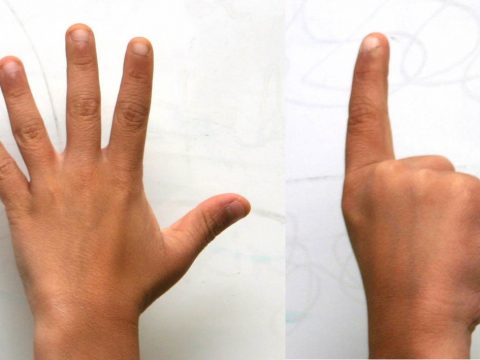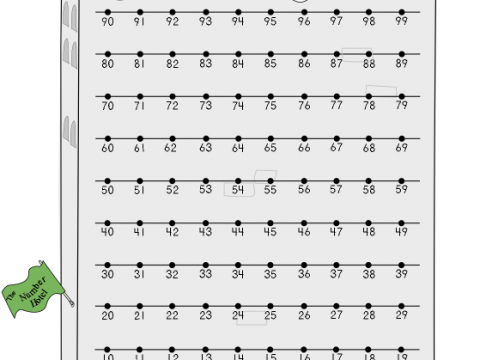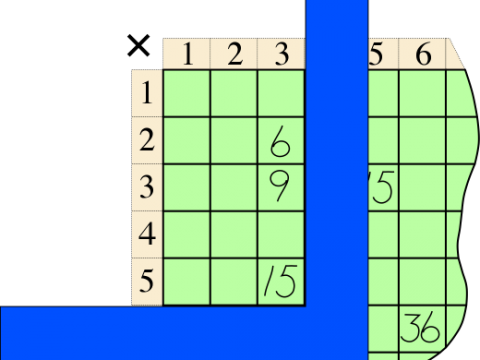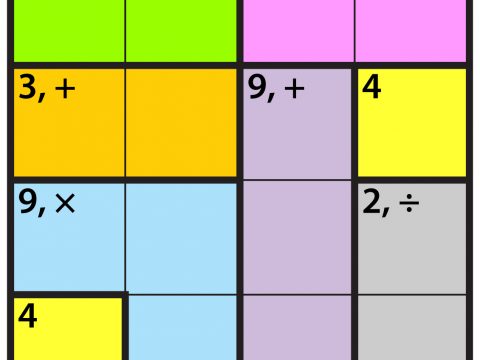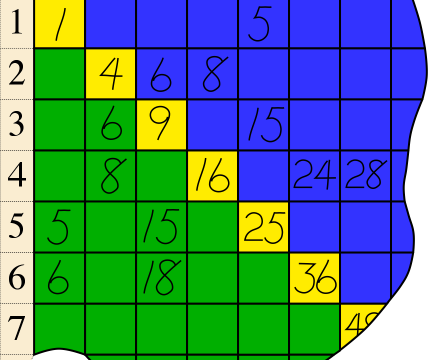Operations & Algebraic Thinking
January 9, 2020
Mobile puzzles are pictorial representations of systems of equations; each beam that balances two sets of objects (representing variables as unknown “weights”) represents an equation. Children […]
December 3, 2019
The number line is not just a school object. It is as much a mathematical idea as functions. Unlike the Number Line Hotel, hundreds charts, Cuisenaire rods, and base ten blocks, the number line is not just a pedagogical aid used only to help children learn; mathematicians refer to it, too.
December 3, 2019
This page describes one silent teaching activity that serves, at the superficial level, to give students useful practice with multiplication facts, but that also builds deeper […]
December 3, 2019
Addition and subtraction of whole numbers can be developed together, systematically, starting with recognition of quantities and combinations of quantities, the 10-based structure of the language […]
November 21, 2019
Hundreds chart A hundreds chart in which “higher numbers” are higher, and “the 30s” are all on the same row. Unlike the number line, which is […]
November 21, 2019
This article deals with the meaning of multiplication, how it is introduced in Think Math!, and the early acquisition of facts.
November 21, 2019
KenKen(R) puzzles were not built into Think Math! but are a wonderful material to make regularly available to children. These puzzles give excellent arithmetic practice while […]
November 21, 2019
How to Play Guess My Rule games are games in which one person thinks up and gives examples of some “rule,” and the player(s) try to […]
November 21, 2019
Who-Am-I? puzzles give clues about some mathematical object — usually a number or a shape — and you are to figure out what the object is. […]
November 21, 2019
Area formulas Students who have the informal notion that area is the “amount of 2-D ‘stuff'” contained inside a region can invent for themselves most of […]
November 20, 2019
Number tricks are fun for children. The fun, all by itself, is valuable, but is not mathematics. But understanding how the trick works is good mathematical, often algebraic, learning.
November 20, 2019
This page focuses on a way to introduce KenKen puzzles so that students see, focus on, and learn the logic, not just guessing. These puzzles give […]
November 4, 2019
Informally: When you multiply an integer (a “whole” number, positive, negative or zero) times itself, the resulting product is called a square number, or a perfect […]

